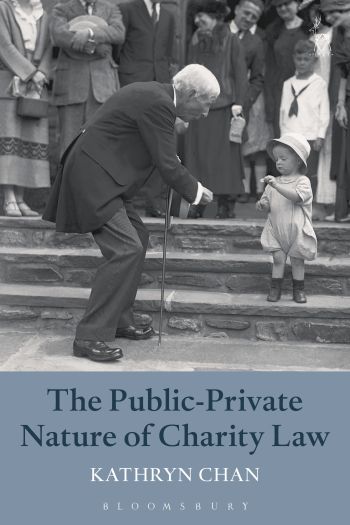
Is charity law a "private law" or a "public law" subject? This book maps charity law's relationship to the public law-private law divide, arguing that charity law is best understood as a hybrid (public-private) legal tradition that is constantly seeking to maintain an equilibrium between the protection of the autonomy of property-owning individuals to direct and control their wealth, and the furtherance of competing public visions of the good.
Of interest to scholars and charity lawyers alike, The Public-Private Nature of Charity Law applies its unique lens both to traditional topics such as the public benefit rule and charity law's rules of standing, and to more contemporary issues such as the co-optation of charitable resources by threatened welfare states and the emergence of social enterprise.